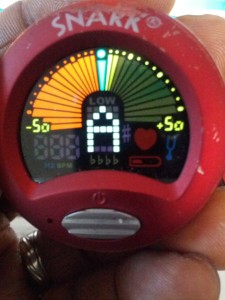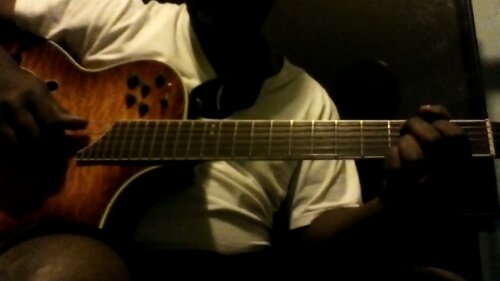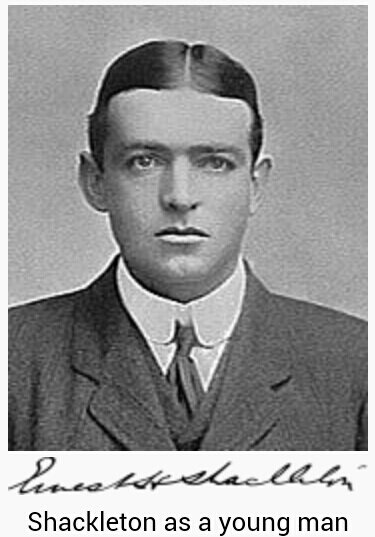
I must confess that I’m a geek, and I love numbers. So much so that in a recent post I talked to you about the Math of Music – It’s A Numbers Game. In it I’ve come to realize that there’s a whole lot more to music than just stringing notes together. There’s a whole lot more that the music represents. So let’s dig into some of the more interesting numbers that surround music including some of your favorite instruments.
There are 88 Keys on a piano keyboard.
There are 3 valves on a trumpet.
There are usually 21-24 frets on a guitar.
The bass guitar and the ukulele USUALLY have 4 strings.
The typical guitar USUALLY will have 6 strings but can have more.
There are so many more numbers that are associate with music and here’s another interesting fact and I mentioned it in my previous post called “The Math of Music – It’s a numbers game.” One of the interesting things is that Octaves are exactly a 1:2 ratio in terms of the frequency or the pitch of the notes measured in Hertz. For example, the A above Middle C is 440 Hz. The A above it is 880 Hz, and the A below Middle C is 220 Hz.
The A above Middle C, A440 is the note that has become the standard pitch for tuning orchestra and other musical instruments in the United States and the United Kingdom and it’s territories. This standard was adopted by the International Organization for Standards in 1955 as reported by Wikipedia, and this was reaffirmed again in 1975. Fascinating!
While looking into this deeper on the Music Masterworks Website – Where Math Meets Music – I found this chart below that describes in detail what the ratios are between the notes in terms of the frequency in broad terms. The math also shows how some notes help to form consonant tones between each other. For example G is 1.5 times the frequency of C and is a perfect 5th above where as E is 1.25 times C and is a Major 3rd above C.
Similarly, the ratio from C to C# is 18/17th and the sound waves don’t really meet up. So when they are played simultaneously their frequencies clash (in a manner of speaking) and they sound dissonant.
| Note | Perfect Ratio to C | Actual Ratio to C | Ratio off by | Frequency in Hz |
| Middle C | 261.6 | |||
| D | 9/8 or 1.125 | 1.1224 | 0.0026 | 293.7 |
| E | 5/4 or 1.25 | 1.2599 | 0.0099 | 329.6 |
| F | 4/3 or 1.333… | 1.3348 | 0.0015 | 349.2 |
| G | 3/2 or 1.5 | 1.4983 | 0.0017 | 392.0 |
| A | 5/3 or 1.666… | 1.6818 | 0.0152 | 440.0 |
| B | 17/9 or 1.888… | 1.8877 | 0.0003 | 493.9 |
So that’s why when you play the C Major Chord with C-E-G in it you get a sound that’s pleasing to the ear. And also when you play C, C# and D altogether it sounds harsh. It’s all in the Math of Music. The math makes it easier to listen to the consonant and dissonant sounds and find new and improved ways to Play It By Ear!!!





